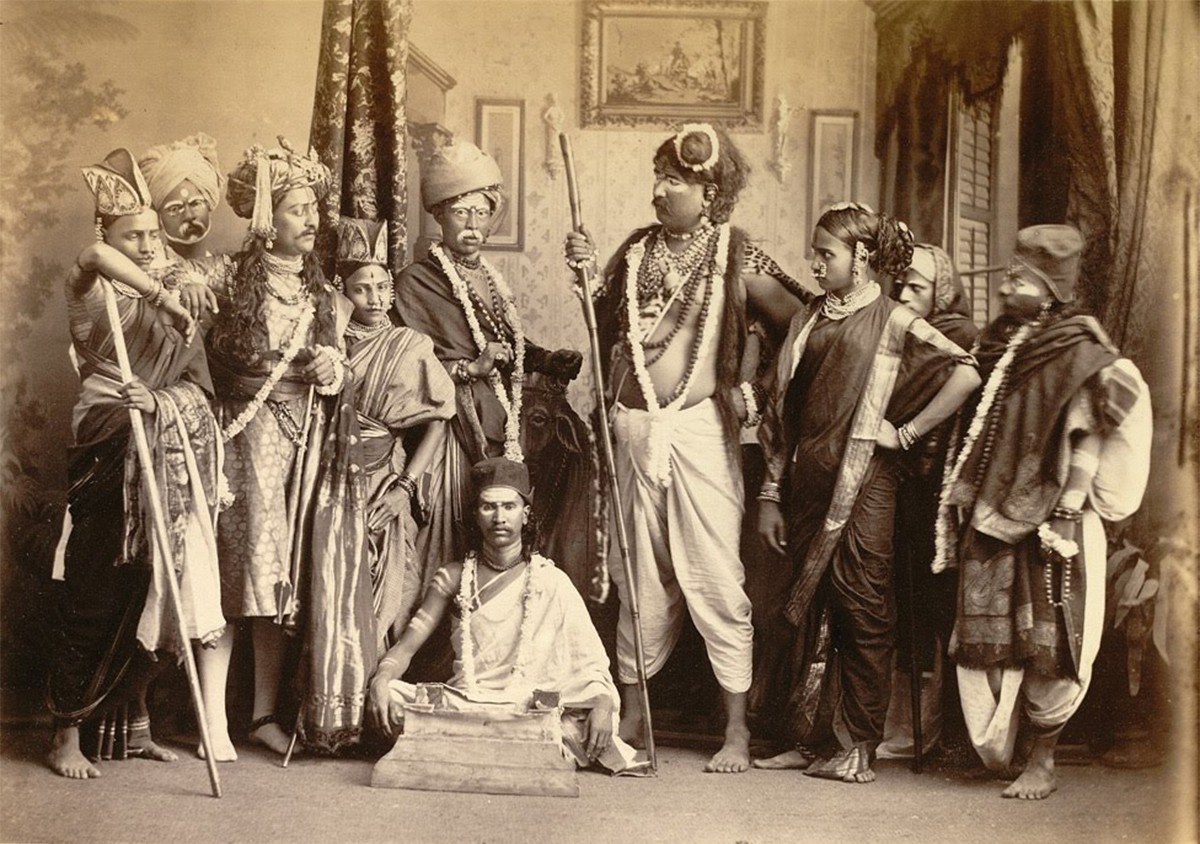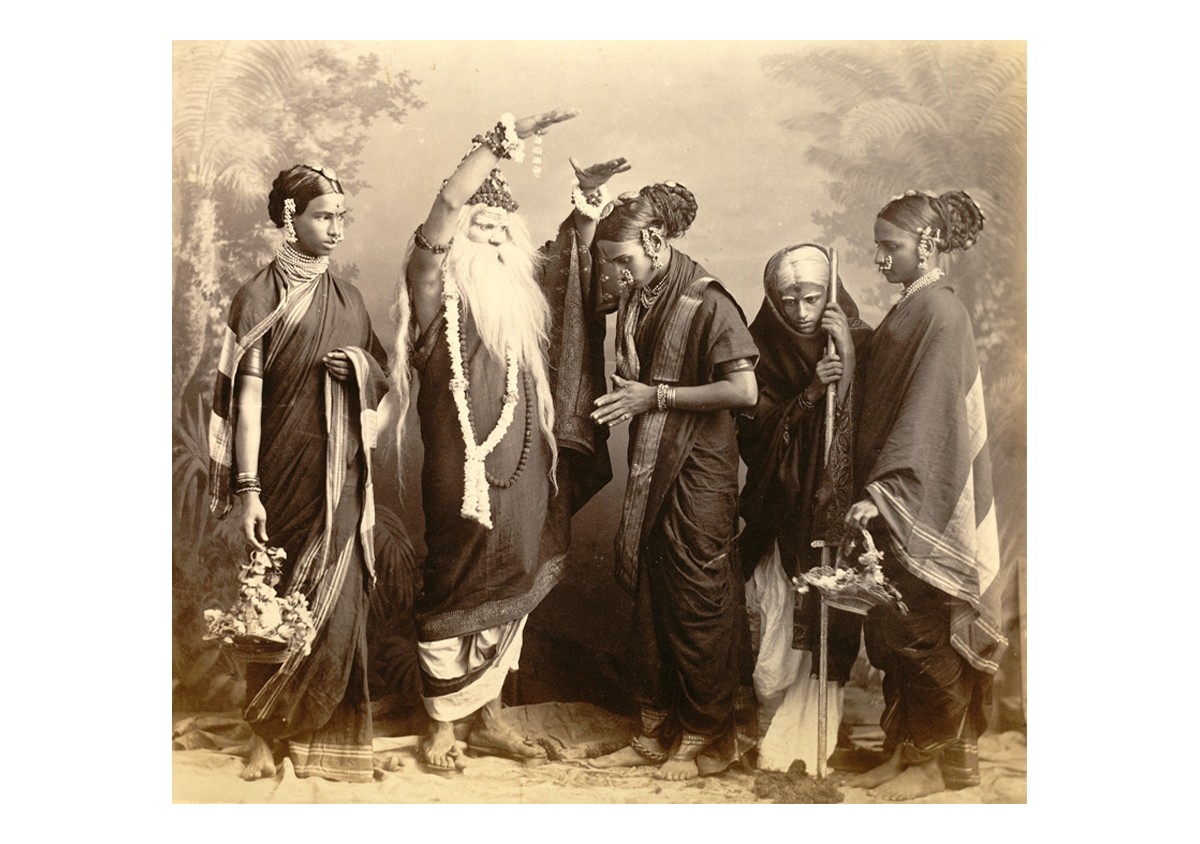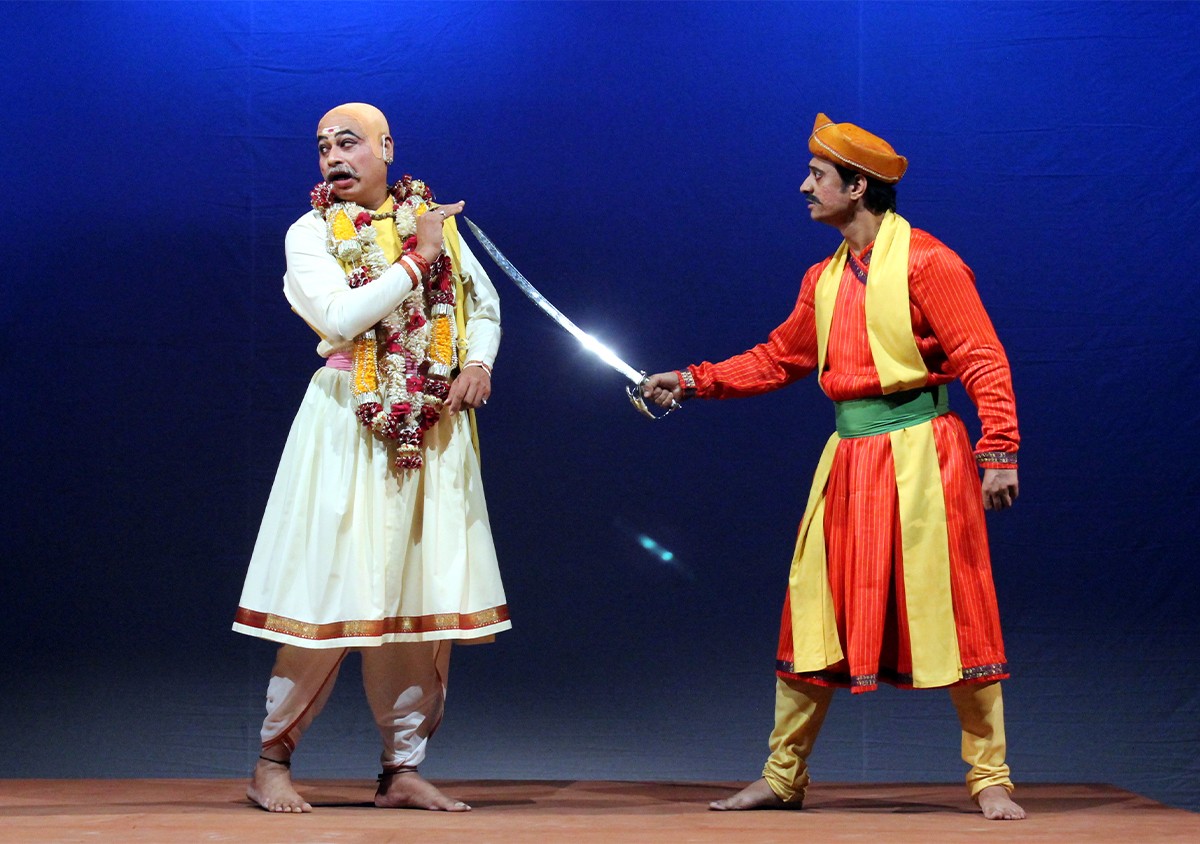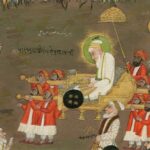Military Campaigns Spread Folk Theatre across India
1550–1600
A popular form of folk theatre called tamasha emerges in northern India as a form of entertainment for Mughal soldiers, incorporating song, dance, skits, mimicry, poetry and farce with a focus on erotic themes and double entendres. It is then transmitted to the Deccan by troupes that accompany Mughal armies campaigning against the Deccan Sultanates. By the seventeenth century, Tamasha becomes a distinct cultural form in Maharashtra and parts of Karnataka, where it will be performed up to the present day in different variations according to the class, caste and gender makeup of regional audiences.
Bibliography
Abrams, Tevia. “Tamasha: People’s Theatre of Maharashtra State, India.” PhD diss. Michigan State University, 1974.
Bhandare, Sandesh. “Tamasha.” Inter-Asia Cultural Studies 10, no. 1 (2009): 103–118.
Paik, Shailaja. “Mangala Bansode and the Social Life of Tamasha: Caste, Sexuality and Discrimination in Modern Maharashtra.” Biography 40, no. 1 (2017): 170–198.
Panda, Aditi. “Tamasha: The Vanishing Folk Art Form of Maharashtra.” Theatre Street Journal 3, no. 1 (2019): 127–135.
Feedback 
This entry appears in
Art in South Asia
Visit Timeline
Associated Timeline Events
First Published: March 11, 2024
Last Updated: August 5, 2024











